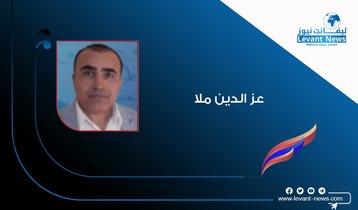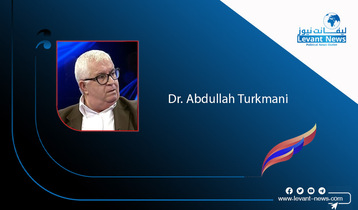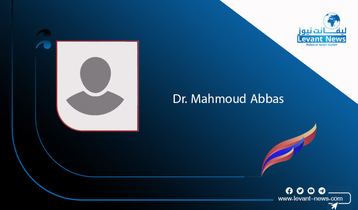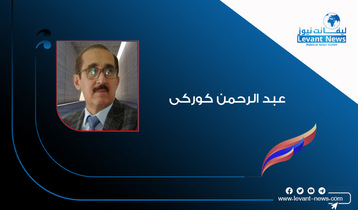-
Can the U.S. and Turkey find a common ground over the “safe zone” in north and north-eastern Syria?
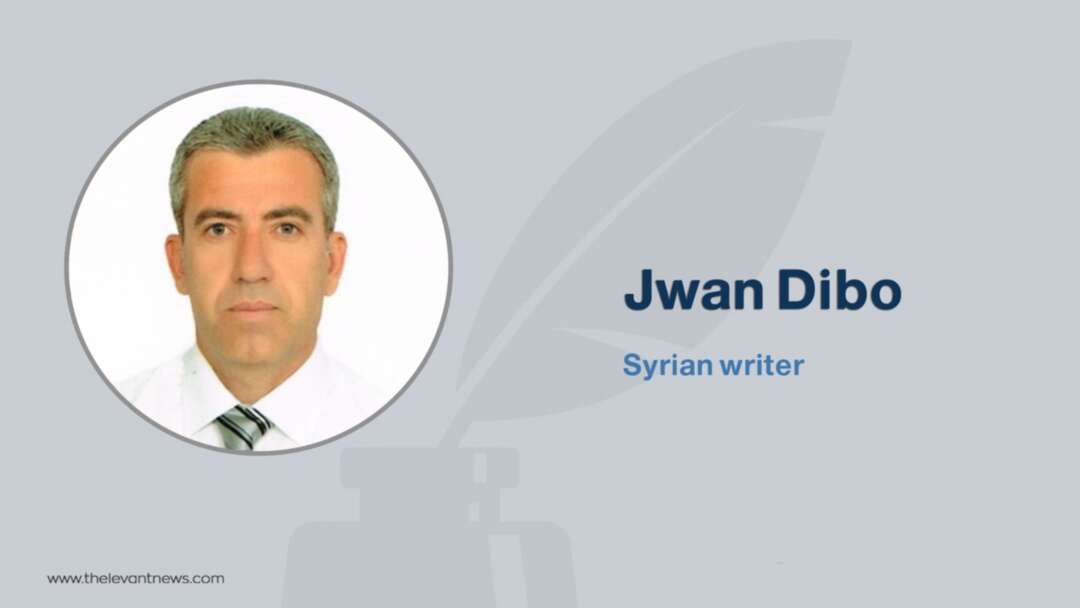
Jwan Dibo
After six weeks of the declaration of a “safe zone” in north and north-eastern Syria by the United States and Turkey, the question above is still strongly posed by many observers and experts in Syrian affairs. Even, for many observers, experts and ordinary people the “safe zone” as an idea and reality is still equivocal. The reason behind this belief is that most of the “safe zone” details, if any, are still unknown or unpublished. This, in turn, places the entire “safe zone” in northern Syria, as a concept, fact and prospects between Washington and Ankara, at the stake.
There are many reasons behind the existence of reasonable uncertainties about the credibility and feasibility of the establishment of a “safe zone” managed by the unfriendly allies, the US and Turkey. Most of these reasons are linked to the motives, purposes, players, nature, locations and dimensions of this controversial proposal. Furthermore, the timing of the proposition itself by Washington, that followed its intention to withdraw from Syria in December 2018, imposes more than one question mark about the project.
When Donald Trump announced on December 19th, 2018, that all American forces will soon be withdrawn from Syria, the Turkish defence minister, Hulusi Akar, pledged immediately to “bury” Syrian Kurds in trenches they dug, after US withdrawal. According to many perspectives, the aggressive and malicious intentions shown by Turkey to invade the Kurdish regions in Syria after the pulling out of the American troops had converted the American withdrawal from unconditional to conditional. Similarly, it abolished to a certain extent the idea of U.S. withdrawal from Syria and transformed its presence from tentative to unknown time or long-term stay.
According to many statements that had been issued by the officials in the White House as well as by the Pentagon, including Trump’s tweets, the aim of the foundation of a “safe zone” in north and north-east Syria was to protect Syrian Kurds from potential Turkish incursion. More precisely, it is to safeguard the Syrian Democratic Forces (SDF) from any Turkish aggression that Ankara has always waved to perpetrate it. Particularly, these statements coincided with an open threat by the American president to destroy Turkish economy if Turkey attacks the Kurds in Syria.
In contrast, the official Turkish interpretation of the “safe zone” is to secure Turkey’s long southern border alongside the Kurdish areas in Syria controlled by the self-administration led by Democratic Union Party (PYD). However, the real Turkish aims is to eliminate the Kurdish military status in Syria, namely, the People's Protection Units (YPG) and to undermine the self-administration controlled by PYD, and Syrian Democratic Forces (SDF), largely comprising of the YPG, which are considered as extensions of the Kurdistan Workers’ Party (PKK). Subsequently, Turkey will be capable to deprive the Syrian Kurds from any opportunities to obtain and enjoy their own rights regardless of the formulas. This is, of course, according to Turkish allegations, anticipations and hopes.
Another concern for Turkey is the bringing up of UN troops to dominate the “safe zone” in north Syria similar to what happened in Iraqi Kurdistan in 1991. This was evident in a speech told by the Turkish president that followed the agreement between his country and U.S. over the “safe zone” when he had stated “My country will never allow a safe zone in Syria that would become a "quagmire" similar to what happened in northern Iraq three decades ago”. However, despite the disagreements between the U.S. and Turkey regarding the “safe zone” in north Syria, they eventually have reached to a fragile compromise on this hot topic.
On 7th, August 2019, the US and Turkey have agreed to create a “joint operations centre” in order to manage and supervise the “safe zone” in northern Syria. According to the statement issued by the Turkish defence ministry and the American embassy in Ankara, both sides have agreed to “address Turkish security concerns” and the both NATO allies will work together to establish a “safe zone” in northern Syria. However, the joint statements have not mentioned anything about the thorniest matters such as the size and depth of the “safe zone”. In addition, the statement does not include any information about the identity of the patrols and soldiers who will apply a surveillance on the widespread swaths of lands. The statement, also, contains that the safe zone “shall become a peace corridor, and every effort shall be made so that displaced Syrians can return to their country”. For the majority of Syrian Kurds, the last point raises serious concerns because it aims to demographic changes in the Kurdish areas in Syrian Kurdistan to the detriment of the Kurds. Especially, after the Turkish president has recently revealed his perilous intentions in this sphere on Wednesday 18 September 2019, when he says, “Up to 3 million Syrian refugees currently living in Turkey could be returned to a “safe zone” we are seeking to establish in northern Syria”.
On Sunday, the 7th September 2019, the first U.S. and Turkish joint patrol was conducted on a part of the area of the safe zone. Despite this significant development, which indicated the possibility of turning the “safe zone” into tangible reality and averting the region from any imminent Turkish aggression, the Turkish president renewed his hard-line rhetoric towards the Kurds in Syria. He explained that if SDF will not leave the entire zone by the end of September, then “Turkey has no choice but to set out on its own”. Erdogan continued to say “It seems Turkey’s ally
It seems to be very hard, at least for now and in the foreseeable future, that the U.S. and Turkey to reach a common vision in relation with the safe zone in north and north-east Syria. The reason that hinders both countries to get a breakthrough regarding this thorny matter is the Syrian Kurds in Rojava. If the U.S. and Turkey can find something in common about Kurds and their role in the present and future of Syria, then, they will be able to understand and agree about the safe zone. But apparently, they cannot find anything in common about the Syrian Kurds. The U.S. considers Kurdish fighters in Syria, who are under the banner of YPG and YPJ, and who have been fighting ISIS in Syria since 2014 as brave, tough and honest local partners. While Turkey deems Kurdish fighters in Syria as well as all Kurds everywhere who are struggling for their own rights as terrorists and secessionists. Turkish antagonism towards Kurds, almost everywhere, goes back a century ago, so that, the majority of Turkish parties, politicians and leaders have been suffering from the so called “Kurdish-phobia”.
Turkey will strive to impel its own conditions on the U.S. in respect with the safe zone in north and north-eastern Syria. Likewise, it will use the utmost level of its power, relations and leverage including military build-up at the Syrian border to attain some concessions from U.S. concerning the safe zone. Particularly, after Turkey has got a “forged” green light from Russia and Iran, during the last summit among these three countries in Ankara, to invade the west of Euphrates. As for Russia and Iran, it is just to create disturbances for America. The U.S, in turn, will not allow Turkey to conquer and occupy the Kurdish region in Syria because it is American sphere of influence. Moreover, a massive humanitarian crisis will happen if Turkey enters the region because hundreds of thousands of Kurds, Christians and others will flee their homes. Generally, the Kurds in Syria, and more precisely Syrian Democratic Forces (SDF) have no choice but to trust America. David Ignatius from the Washington Post wrote on 10 September; “I asked
You May Also Like
Popular Posts
Caricature
BENEFIT Sponsors BuildHer...
- April 23, 2025
BENEFIT, the Kingdom’s innovator and leading company in Fintech and electronic financial transactions service, has sponsored the BuildHer CityHack 2025 Hackathon, a two-day event spearheaded by the College of Engineering and Technology at the Royal University for Women (RUW).
Aimed at secondary school students, the event brought together a distinguished group of academic professionals and technology experts to mentor and inspire young participants.
More than 100 high school students from across the Kingdom of Bahrain took part in the hackathon, which featured an intensive programme of training workshops and hands-on sessions. These activities were tailored to enhance participants’ critical thinking, collaborative problem-solving, and team-building capabilities, while also encouraging the development of practical and sustainable solutions to contemporary challenges using modern technological tools.
BENEFIT’s Chief Executive Mr. Abdulwahed AlJanahi, commented: “Our support for this educational hackathon reflects our long-term strategic vision to nurture the talents of emerging national youth and empower the next generation of accomplished female leaders in technology. By fostering creativity and innovation, we aim to contribute meaningfully to Bahrain’s comprehensive development goals and align with the aspirations outlined in the Kingdom’s Vision 2030—an ambition in which BENEFIT plays a central role.”
Professor Riyadh Yousif Hamzah, President of the Royal University for Women, commented: “This initiative reflects our commitment to advancing women in STEM fields. We're cultivating a generation of creative, solution-driven female leaders who will drive national development. Our partnership with BENEFIT exemplifies the powerful synergy between academia and private sector in supporting educational innovation.”
Hanan Abdulla Hasan, Senior Manager, PR & Communication at BENEFIT, said: “We are honoured to collaborate with RUW in supporting this remarkable technology-focused event. It highlights our commitment to social responsibility, and our ongoing efforts to enhance the digital and innovation capabilities of young Bahraini women and foster their ability to harness technological tools in the service of a smarter, more sustainable future.”
For his part, Dr. Humam ElAgha, Acting Dean of the College of Engineering and Technology at the University, said: “BuildHer CityHack 2025 embodies our hands-on approach to education. By tackling real-world problems through creative thinking and sustainable solutions, we're preparing women to thrive in the knowledge economy – a cornerstone of the University's vision.”
opinion
Report
ads
Newsletter
Subscribe to our mailing list to get the new updates!

